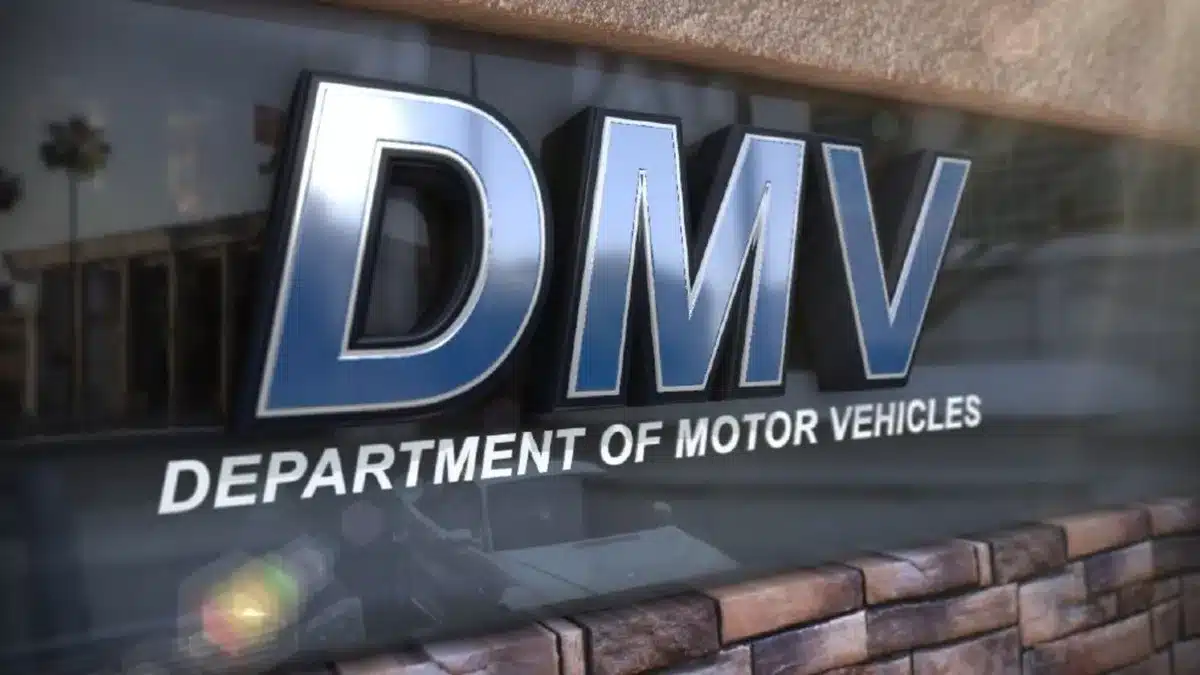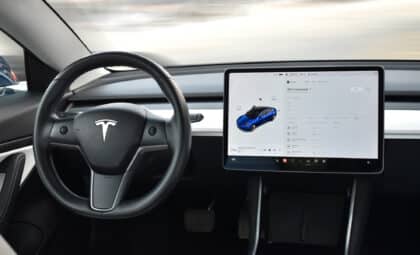In today’s tech-driven world, everyday life is changing fast, and updating government services is part of that shift. One cool upgrade is the ability to renew your driver’s license online through your local DMV. This new way not only makes the process easier but also shows how government agencies are going digital.
Getting started online
Renewing your driver’s license online is now available in several states, thanks to the DMV’s push to update its services. To get started, head over to your state’s official DMV website and find the online services section. Each state does things a little differently, so be sure to follow the steps listed on your state’s portal.
Keep in mind that being eligible for online renewal means you must meet federal Real ID regulations. If your current license doesn’t meet these standards, you’ll need to visit a DMV office in person to get a Real ID (which meets the extra safety requirements).
Understanding the DMV’s role
The Department of Motor Vehicles is responsible for managing vehicle registrations and issuing driver’s licenses all over the United States. Since each state runs its own DMV, there’s some flexibility in how services are offered. Besides handling licenses and registrations, the DMV also works to keep our roads safe and offers various vehicle-related services.
This setup has allowed states like California and Florida to build dedicated platforms for online license renewal. Texas, for example, offers online renewals under specific conditions—like when you don’t need to update your photo or address—showing how local needs and tech capabilities shape these services.
How to renew online
Renewing your driver’s license online is pretty straightforward if you follow these steps. First, visit your state’s official DMV website. Next, make sure you’re eligible for online renewal by checking that all the requirements are met before you proceed.
Once you’ve confirmed eligibility, complete the necessary forms and pay with a credit or debit card. This smooth process saves you time while keeping your personal information secure.
Checking state options and real id rules
Although many states now offer online renewal services, not all have rolled them out yet. States like California and Florida have full-fledged online platforms to handle renewals, while Texas provides this option if there’s no need to change your photo or address.
If you live in Midwestern states or rural areas, your access to online renewals will depend on whether your local DMV has set up the service. No matter where you are, obtaining a Real ID is required for online renewals.
To get a Real ID, you’ll need to visit a DMV office in person with the right documents: either a birth certificate or a valid passport; your Social Security Number (SSN); and proof of residence like a bank statement or utility bill. These documents help verify your identity.
Once you meet all these requirements, you can enjoy the convenience of renewing your driver’s license from home—another example of how public services are keeping up with modern life.









